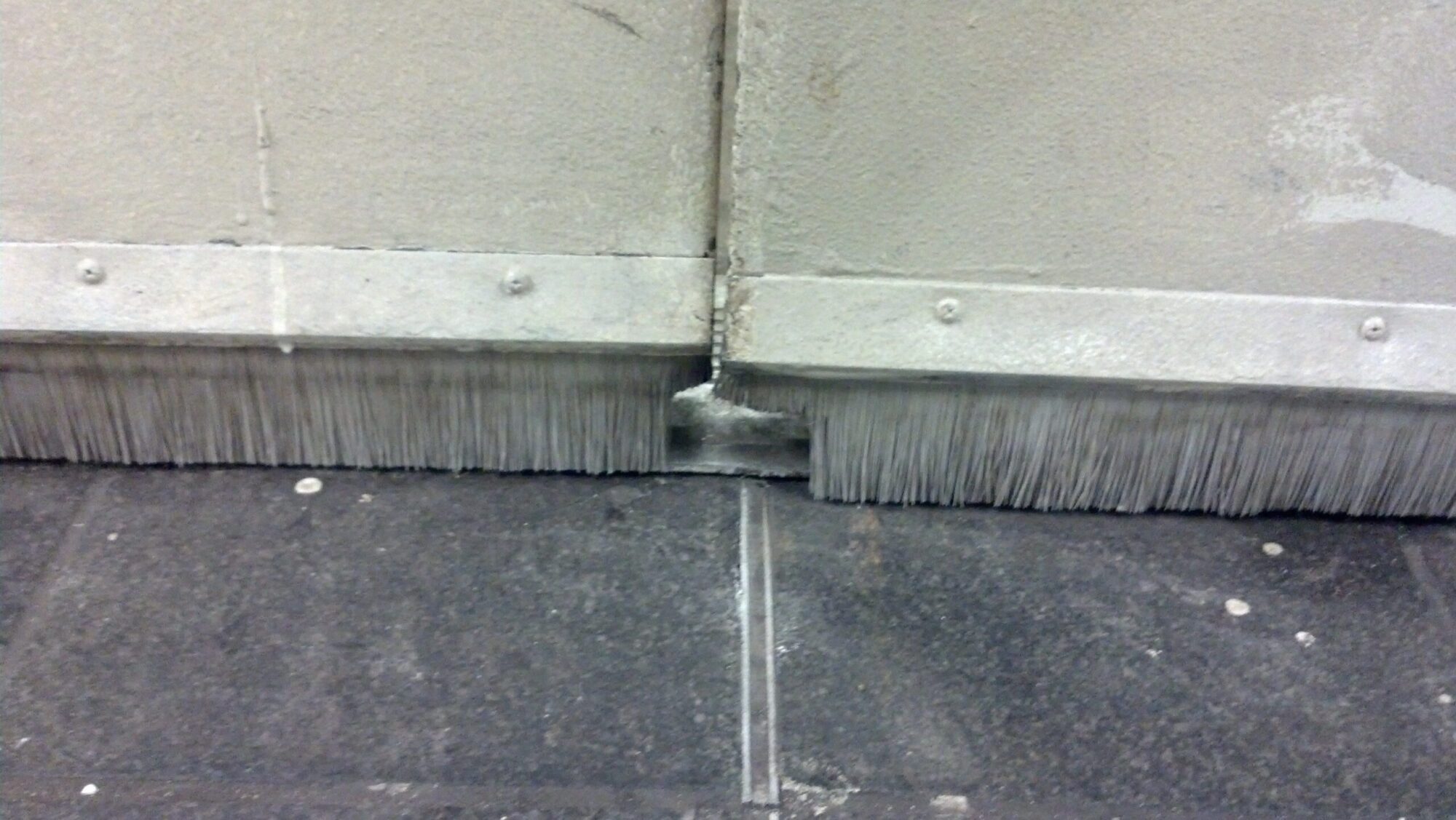
Experts caution food facilities now vulnerable to rodent infestation
As desperate rodents seek food and shelter beyond their pre-pandemic sources, experts caution that food facilities are now particularly vulnerable to infestation, and that waiting to address an infestation until it’s inside the walls is already too late. Exclusion – creating physical barriers against rodents to prevent them from entering a building in the first place – is safer, greener and more effective than attempting to remove them once inside. As rodents have been known to gnaw through window screens, wood, fiberglass, plastic, drywall and even concrete in pursuit of food and shelter, they are not a threat to be taken lightly. Comprehensive exclusion is critical to safeguarding food facilities against today’s desperate rodents.
With cities nationwide reporting increased rodent sightings due to restaurant closures and shelter-in-place efforts, exclusion is more critical than ever to protect food facilities. “By the time a rodent infestation is detected, it’s likely the damage is already significant,” says Dave Colbert, vice president of sales for Xcluder, the world’s leader in rodent exclusion. “Their gnawing and burrowing habits, constant shedding, defecating and urinating, along with an aggressive reproductive rate, mean even a small colony of rodents quickly presents a very big problem.”
One of the most common vulnerabilities in food manufacturing and service facilities is the tiny gap beneath exterior doors. Standard rubber door sweeps are designed to create a weather seal, but they offer little to no protection against a determined rodent, many of whom can gnaw through a rubber door sweep in the course of just one night. Brush seals are also vulnerable to gnawing and have been known to dent and deform, leaving gaps that rodents can exploit. Specialized rodent-proof door sweeps and seals should be installed to protect all exterior personnel doors, garage doors and roll-up doors. This step is fundamental to protecting food facilities against a rodent infestation.
Whether working with a local, accredited pest professional or undertaking an exclusion DIY project, the following precautions should also be taken to protect food facilities:
- Check all doors, door frames and garage doors to ensure there is a tight seal. Exterior doors should remain closed whenever possible, and sheet iron flashing should be installed at the base of wooden doors, which are vulnerable to rodent gnawing.
- Search the building’s foundation for cracks or holes – a mouse can fit into a space the size of a dime, and a rat into one the size of a quarter, which means access points are not hard for them to find. Carefully check all openings where plumbing, gas and electric wiring enters the building. Seal all cracks with a proven exclusion material.
- Ensure all windows, screens and window panes are in good repair.
- Remember that entry points near the ground aren’t the only ones at risk – most rodents have no difficulty scaling siding, wires, or branches. Trim back all trees and branches so they don’t provide easy access to the building.
- Safeguard all entry points surrounding loading docks. The moving parts, tiny gaps, heavy foot traffic and equipment wear and tear of loading docks make them notorious for rodent activity. Specialized rodent-proofing solutions are available to secure vulnerable loading dock access points.
- Be sure to inspect the roof line for any gaps. Ensure that shingles, ventilators, chimney and vent screens are all in place and undamaged.
- Sanitation is also key. Standing water attracts rodents and cluttered storage areas create safe havens for rodent nesting.
- Place all garbage in heavy-duty cans and store as far away from the building as possible.
Matt Frye, Community IPM Extension Educator for the New York State Integrated Pest Management Program of Cornell University, further emphasizes the importance of exclusion. He notes, “As new tools and techniques become available to pest management professionals, one concept remains essential: exclusion. Whereas baiting and trapping reduce the number of pests inside a building, effective exclusion keeps them out. Therefore, exclusion is the only method that can prevent exposure to pests, their pathogens, food contamination, and structural damage.”
The use of proper exclusion tools is also critical to effectiveness. Caulk, mortar and spray foam products offer little to no protection against the gnawing power of rodents. Steel wool faces rusting and decomposition over time and therefore requires regular replacement. Xcluder Rodent-Proof Fill Fabric, a blend of stainless steel and poly-fiber with sharp, coarse fibers that rodents cannot gnaw through, is the only rodent-proofing product on the market tested and proven effective by the USDA/APHIS lab. Xcluder offers an extensive array of specialized rodent-proofing solutions from pest control door sweeps to loading dock seals. It is safe to use around people, animals, plants and food and contains no harsh chemicals. More information about Xcluder’s line of rodent-proofing solutions can be found at www.buyxcluder.com.





Recent Comments